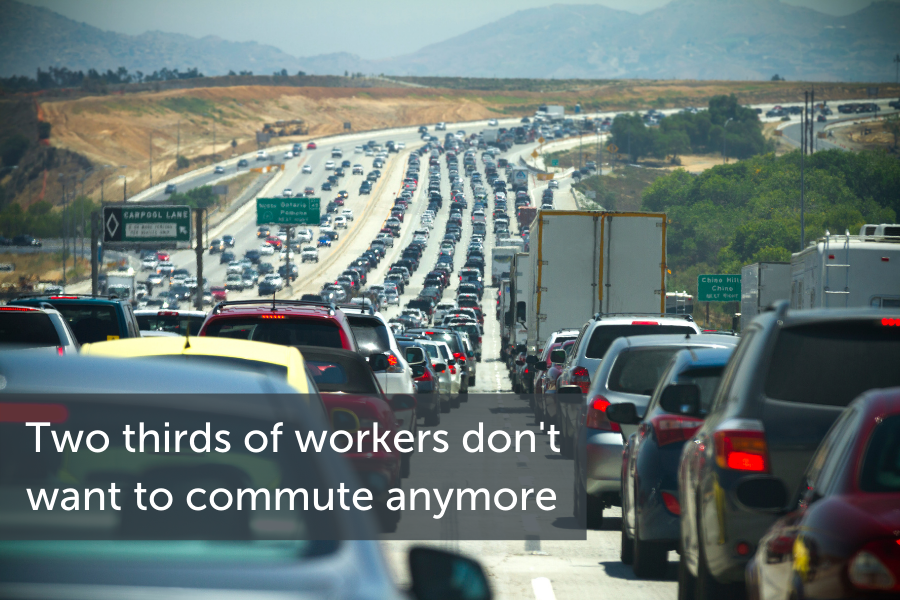
Hybrid Workplace vs. WFA – What’s the Difference?
The future of work has arrived. Here’s how to make it work for you.
In the coming months, as companies make more concrete plans to emerge from the pandemic, we’re all going to become more familiar with workplace policies and terminology.
Two of those concepts are “hybrid” and “work from anywhere.” Essentially, these are workplace policies that govern where (and how) work gets done by everyone within an organization. In the past, these concepts might have been familiar only to professionals in the corporate real estate or human resources departments. But going forward, these ideas are going to have a real impact on how we live our lives in a post-covid world.
So, what’s the difference between hybrid and WFA? Let’s take a look at each of them.
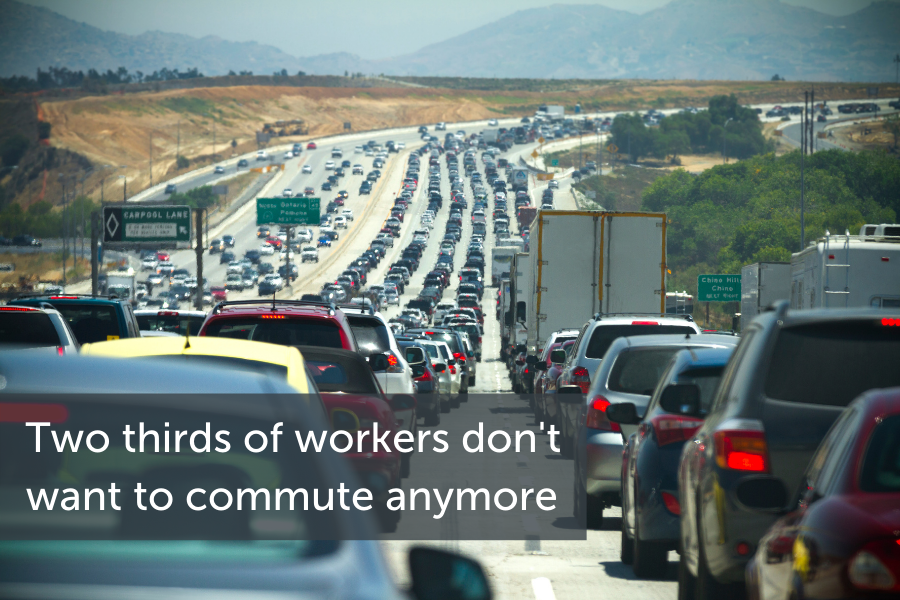
What’s a hybrid workplace?
In the past, most corporate employees worked in a corporate workplace, which is to say that employees only worked in spaces provided by the company. A hybrid workplace, by contrast, means that employees will work at company-provided workspace, but also in non-company workspaces. The first and most obvious non-company workspace is home, which we’ve all experienced through much of 2020. But some people might also work out of flexible office spaces. And some employees, particularly salespeople, might even work out of their cars, coffee shops or wherever they can touch down for a few minutes.
Put together, a hybrid workplace encompasses all the above workplaces. But as a matter of policy, a hybrid workplace policy tends to have some common traits that sets it apart from a WFA workplace.
- Employees will generally be in the same metro area as the company. So, living in a different state might be out of the question.
- Managers usually have the final word on whether a team works at the office, works remotely or both. Much will depend on the manager’s own personal comfort level and experience with managing remote teams. If they have a “butts in seats” mentality, then the team will probably be required to work at HQ.
- One fact about a company with a hybrid workplace policy is that recruitment only takes place within commuting distance from the company’s offices. This can be a competitive disadvantage, as the company is limited to the talent pool (and the salary ranges) that happen to exist in a single metro area. For example, a tech company in the Bay Area would be forced to compete for software engineers in an already highly competitive (and therefore, expensive) market.
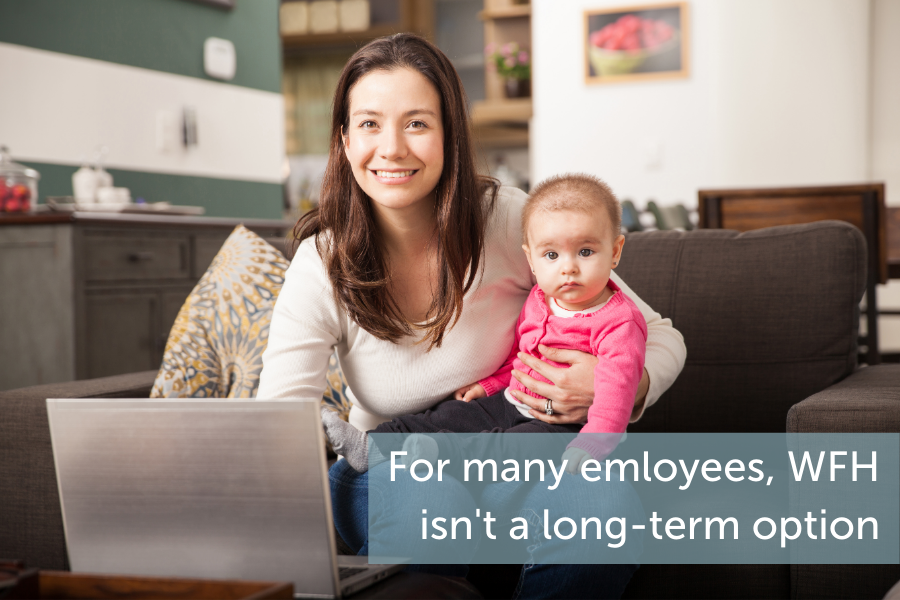
What does Work from Anywhere (WFA) mean?
We’ve all heard of WFH, or work from home, because that’s what we’ve all been doing. So, what’s work from anywhere?
It’s basically a workplace policy that allows employees to work wherever they want – providing they can perform their jobs. Initially, WFA was seen amongst tech companies that wanted to be more competitive in recruiting and retaining employees.
Here are the characteristics of a WFA workplace:
- Employees work remotely. Their location is not tied to the physical location of company offices. (Full disclosure: at LiquidSpace, we’ve been a WFA workplace since its founding in 2010).
- Even though they don’t provide a central workplace, many WFA employers go to lengths to ensure that employees have a professional and productive work environment. For example, the employer might give employees a stipend so they can outfit their home offices with the proper equipment and ergonomic furniture. They might also subsidize an employee’s membership at a coworking space or serviced office, using a platform like LiquidSpace to streamline the process of finding, vetting and paying for flexible workspaces.
- WFA workplaces give the employer some built-in advantages:
- With fewer employees coming to the office, the company can spend less on office space.
- The company is better prepared to withstand a recurrence of covid or some other pandemic.
- The company is able to recruit talent nationally, even globally.
- A WFA workplace also comes with some obligations:
- The company needs to be able to support distributed work through technology. The good news is that many of the required tools, particularly collaboration and conferencing platforms, were put to the test in 2020.
- Managers have to be skilled in managing remote teams. No surprise, motivating and supervising remote employees isn’t the same when face-to-face meetings are less frequent.
- Some notable WFA companies include REI, Fujitsu, Nationwide Insurance, Nielsen, Facebook, Square, Twitter, and Zillow.
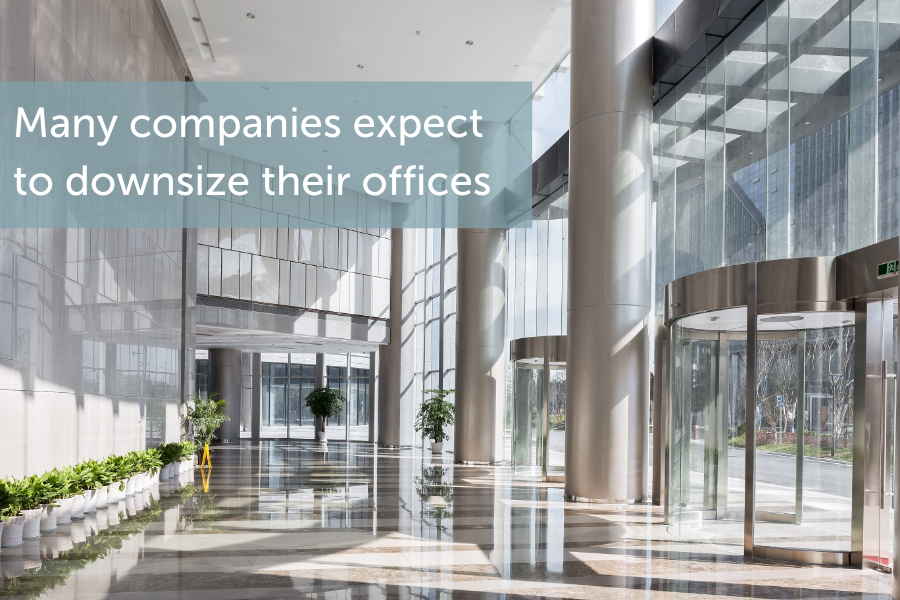
Which workplace policy is best?
Even though we’ve been a WFA company for 10 years, we’re reluctant to pass judgment on companies that don’t adopt a WFA policy. So much depends on a company’s specific situation.
Coming out of the pandemic, most companies will certainly offer a hybrid workplace, for a couple reasons. One, due to potential liabilities, employers are reluctant to bring all employees back to offices with pre-pandemic occupancy levels. Many companies have been actively “de-densifying” their offices, which means that buildings will support only a fraction of the workers they did prior to 2020.
What’s more, one of the discoveries of 2020 was that employees were just as productive at home as they were at the office. This has some CFOs wondering, “why are we paying so much for these corporate offices?”
Lest we forget that we’re in an employment marketplace, which means that employees have a choice in where they work. And many employees have discovered the considerable benefits of working remotely.
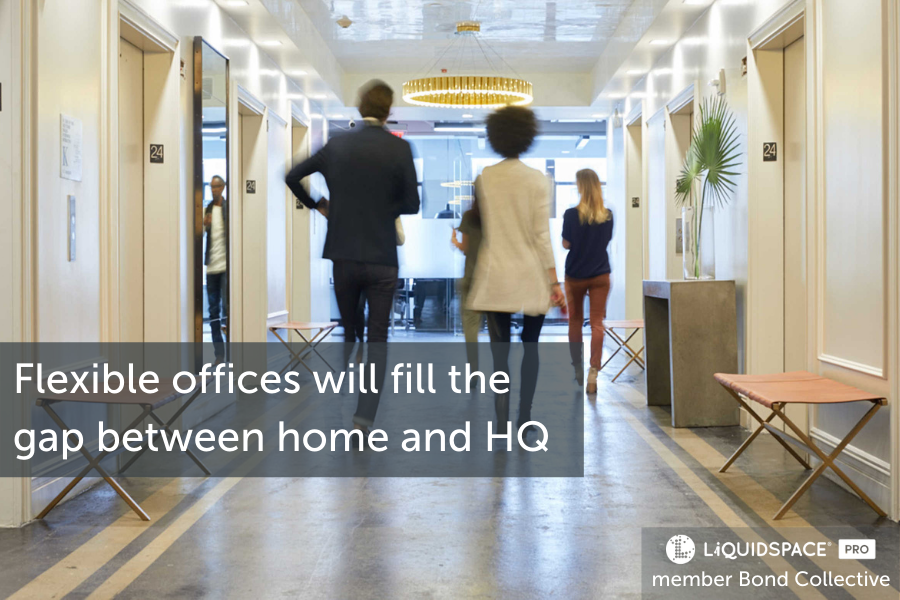
Will your employer go WFA?
Only time will tell how events will unfold in 2021 and beyond. But we do see some clues that suggest a long-term trend toward WFA. For instance, after spending 2020 hosting empty corporate campuses, many companies are talking about downsizing their office footprint in order to reduce overhead and increase flexibility. We’re also seeing a migration of skilled employees from expensive cities toward more affordable locations. And according to Gallup, two-thirds of employees want to continue to work remotely. This will undoubtedly put pressure on employers to allow for remote work in order to recruit and retain employees.
One platform to serve them all
One thing is true for all employers, whether they pursue hybrid or WFA policies. They will need to provide employees with more than just the binary options of HQ and home. There has to be a third option for employees who can’t or won’t commute, but also don’t find it productive to work from home all the time.
Flexible offices, once associated with startups and small businesses, are poised to fill that gap. That’s why LiquidSpace launched LiquidSpace Enterprise – the world’s first and only Work From Anywhere management platform. Now companies can procure flexible workspace at scale. LiquidSpace Enterprise features the world’s largest flexible office marketplace – but with centralized controls, a single contract and streamlined payments.
Ready to continue your journey?
There are two great ways to do it.
Ready to continue your journey?
There are two great ways to do it.






